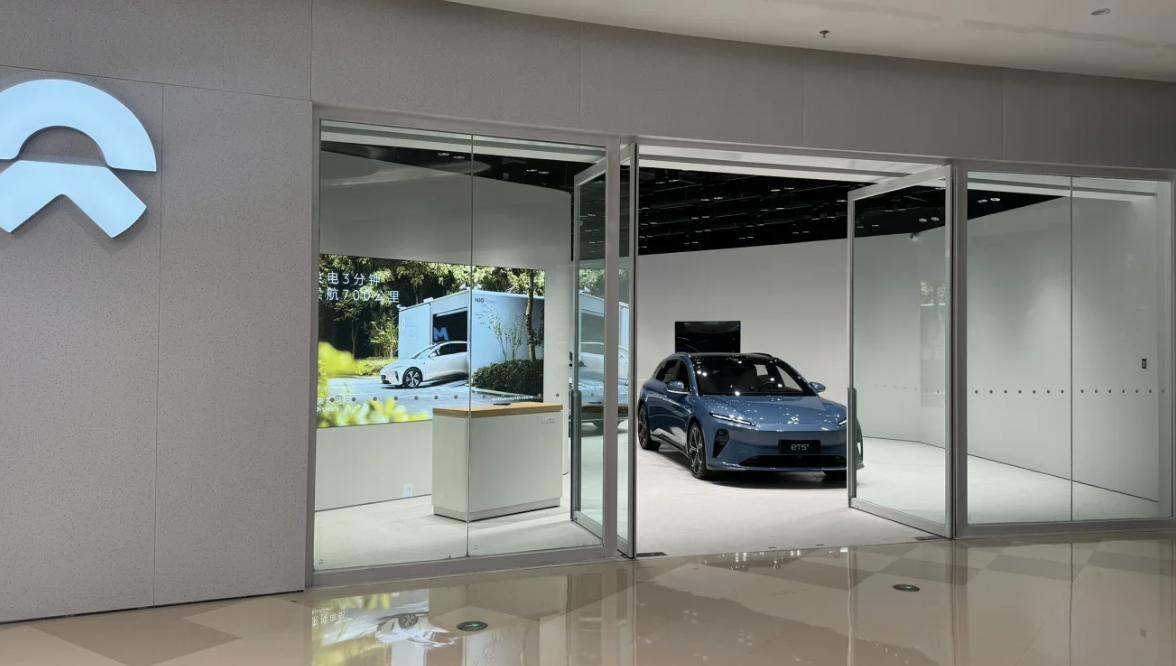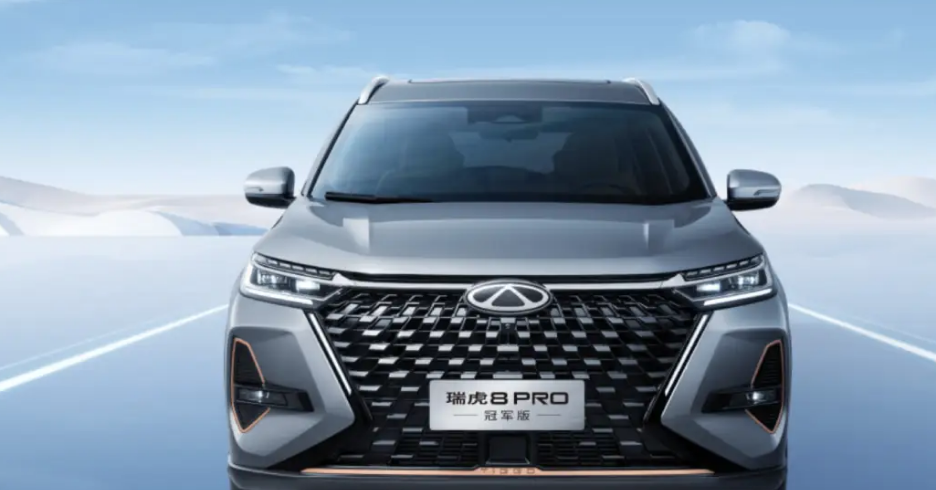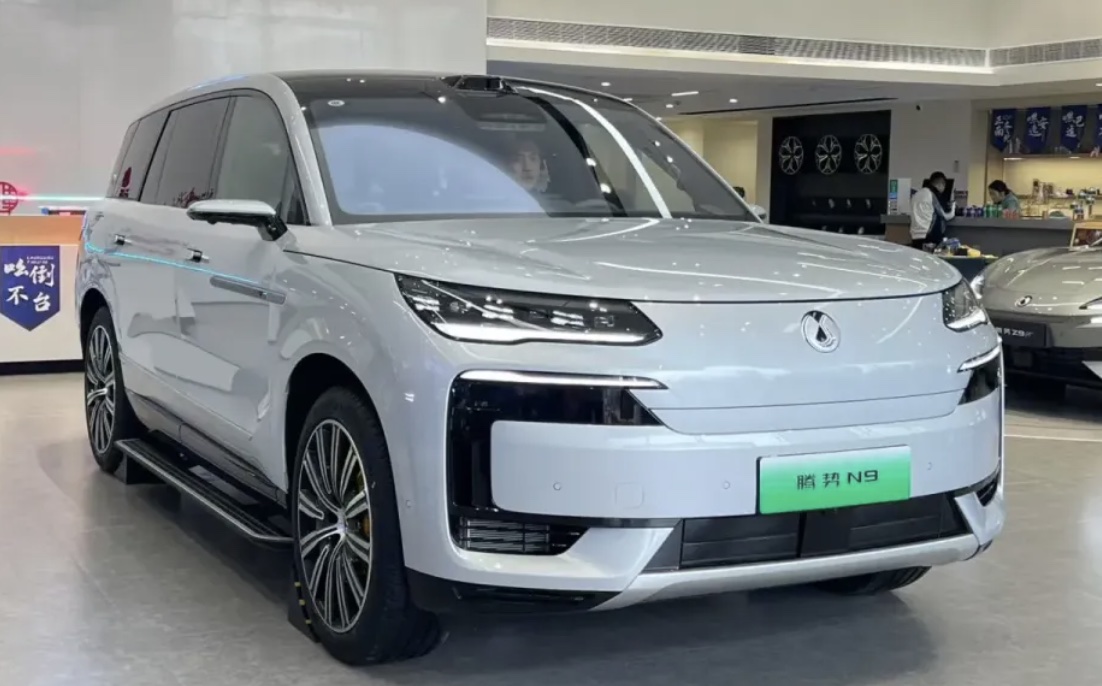According to Blue Whale News, NIO is making regional adjustments to its channels, and recently, two NIO Houses (NIO Centers) in the Guangzhou area have been closed, located in Zhujiang New Town and Meihuayuan. The NIO House in LeFeng, Guangzhou, has been transformed into a NIO Space.

The NIO Center in Zhujiang New Town in Guangzhou holds significant importance for NIO. It was the first NIO Center in South China and the fourth in the country, opening in January 2018 and has been operating for seven years. Located on the first floor of the Zhujiang New Town International Financial Center, the experience center spans two floors— the first floor is a showroom, and the second floor serves as a lounge. It was the largest user center in the core area of Guangzhou. According to NIO, the NIO Center was not a retail store but a place for maintaining customer relationships. In addition to the Zhujiang New Town location, the NIO Center in Meihuayuan has also been closed.
According to NIO’s official website, NIO currently has 17 service points in Guangzhou, including 6 NIO Spaces, 7 NIO Centers, and 4 NIO Experience Centers. The NIO Centers in Zhujiang New Town and Meihuayuan have been removed.
The distinction between NIO Space and NIO Center is quite clear. NIO Centers are generally located in landmark cities or bustling commercial areas, such as Zhujiang New Town and Canton Tower. They are fewer in number and larger in size, generally over 1,000 square meters, and consist of seven functional zones, including a brand model gallery, shared office Labs, a children’s play area (Joy Camp), and a coffee lounge (NIO Cafe), among others. Some NIO Centers also have libraries and event forum areas. NIO Spaces, however, focus primarily on vehicle displays, are smaller—typically under 200 square meters— and only include basic consultation and negotiation areas, with no additional spaces like leisure or offices. They are simply and elegantly designed, with an emphasis on efficient use of space.
From this, it is clear why NIO decided to close the NIO Centers in Zhujiang New Town and Meihuayuan. Firstly, cost is a factor—large spaces in core commercial areas come with high operational costs. In today’s highly competitive market, NIO must be more cost-effective and strategically allocate resources. Closing the NIO Houses in Zhujiang New Town and Meihuayuan is part of an optimization strategy to focus resources on areas with more potential and greater need. Additionally, NIO’s market coverage in Guangzhou’s Tianhe area has become quite saturated. In addition to the NIO Centers in Zhujiang New Town and Meihuayuan, NIO already has stores in Tianhe City, Canton Tower, and Guangyue Center.
According to insiders, NIO plans to expand into previously underserved areas in Guangzhou, such as the Guanggang Fangcun and Huangpu districts, next year. Other regions in Guangdong, such as Shaoguan, Qingyuan, Zhaoqing, Maoming, Yangjiang, and Zhanjiang, will see new stores opening this year. Currently, 3-4 more projects, including those in Guangzhou, are underway. By closing some overly concentrated stores and expanding into these underserved areas, NIO will be able to reach more potential customers and expand its market presence.
As one of the earliest new energy vehicle brands, NIO’s market presence is currently not as strong as other brands that launched around the same time. According to the official website, NIO currently offers 9 models, including the sedans ET7, ET5/ET5T, ET9, and SUVs ES6, ES7, ES8, EC6, EC7, making it the new energy vehicle manufacturer with the most models. However, having multiple models has not translated into high sales. From January to August 2025, NIO’s total sales were 93,792 vehicles. To boost its market share, NIO launched the Firefly brand and added the L90 model to the LeDao brand. In August, LeDao’s L90 sold over 10,000 units, reaching 10,575 units.
Previously, Li Bin set a 2025 sales target of 440,000 vehicles for NIO, based on a projected 220,000 units for 2024, aiming for a year-on-year growth of 100%. Li Bin mentioned during a financial earnings call that the company aims to achieve 50,000 units in monthly deliveries in the fourth quarter, with NIO and LeDao brands each targeting 25,000 units. According to demand and supply conditions, NIO’s goal is to reach a monthly delivery of 50,000 units in Q4. Regarding next year, Li Bin revealed that three new large SUV models will be delivered in 2026, including the NIO ES9 and ES7, and the LeDao L80 will begin deliveries next year. With the release of new models, NIO’s sales are expected to increase further.



